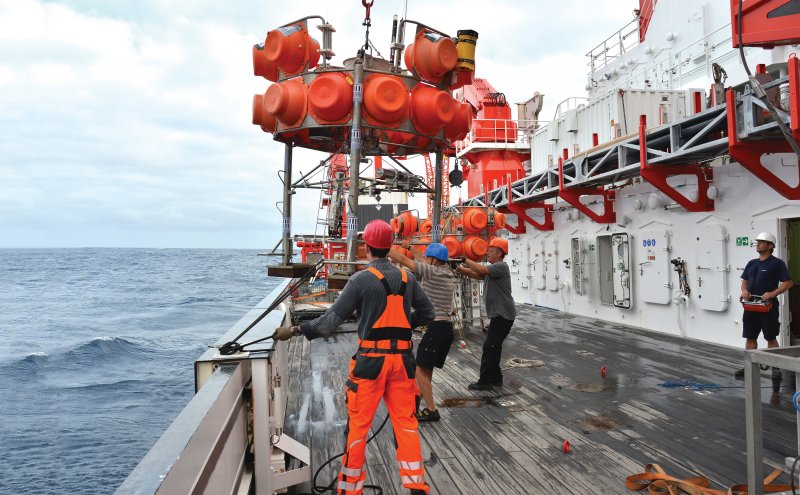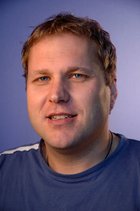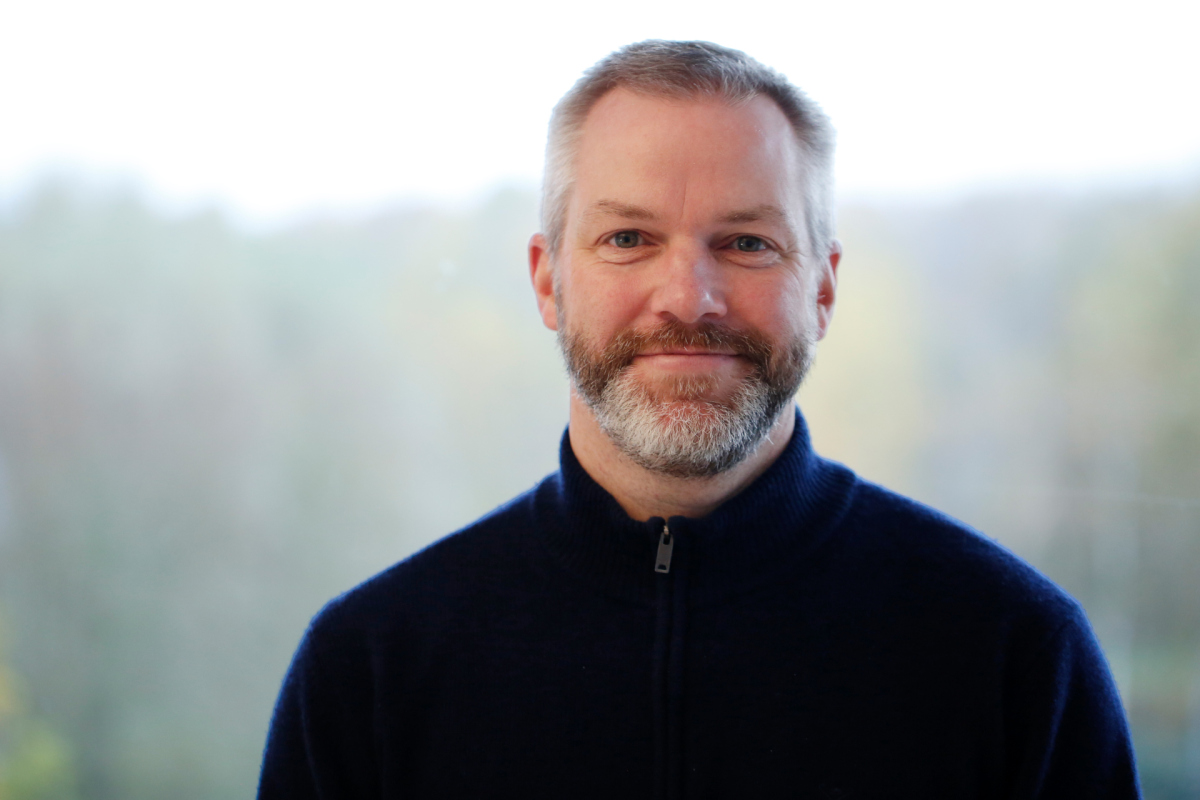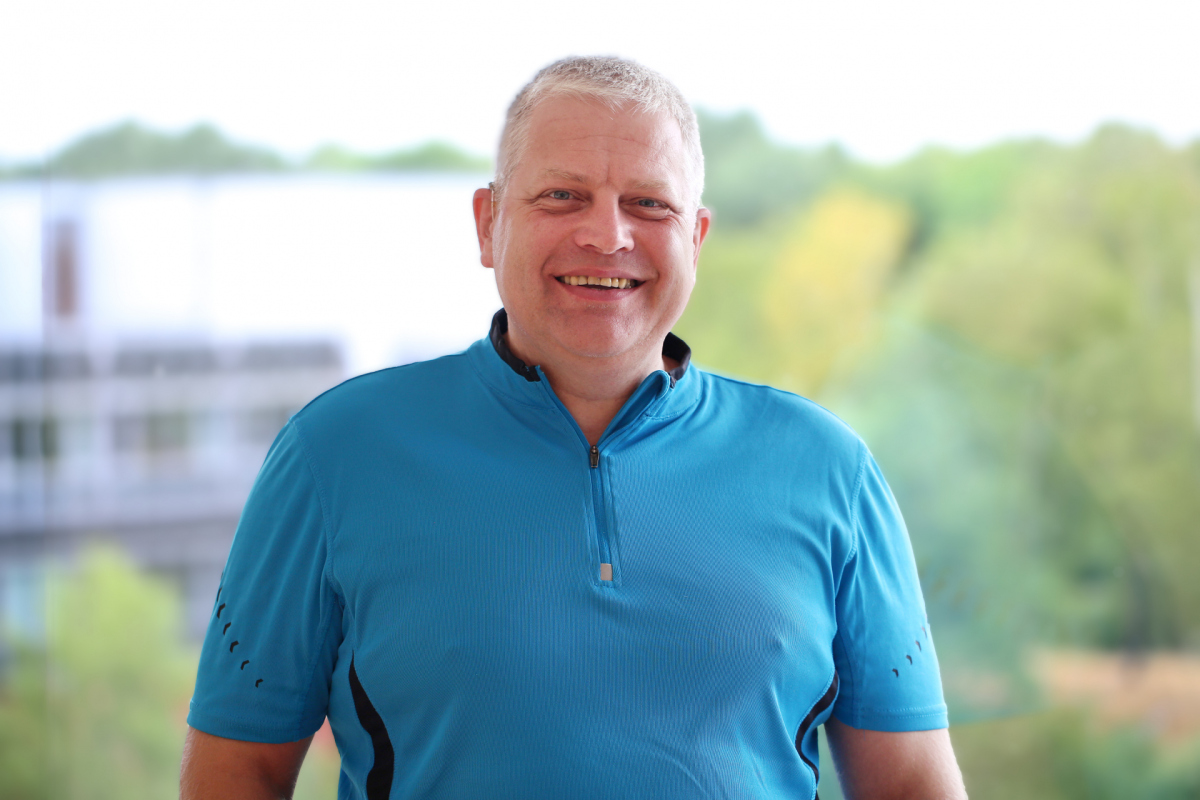- Research & Instruments
- How we study - Our instruments and methods
- Instruments and Methods
- Under Water
- Benthic Lander Systems
Benthic Lander Systems

What is a benthic lander?
A benthic lander is an autonomous research platform used in marine research to take measurements directly on the seafloor. Benthic landers are carrier systems to which different measuring and sampling devices can be attached. They transport these devices to the seafloor and back up again. Autonomous means that the lander is not connected to the ship via a cable. It can thus work independently on the seafloor for a long period of time.
At our institute, landers in various configurations are used. Profilers are most frequently attached to the landers. The profilers are equipped with various sensors to measure oxygen content, pH, or temperature on the seafloor. Also installed are benthic chambers that cover and incubate an area of the seafloor in order to record exchange processes between the seafloor and the bottom water over a defined period of time. For this purpose, either water samples are taken from the chambers using syringe samplers or the concentrations in the incubated bottom water are monitored using sensors.
How does a lander work?
The basic model consists of an open frame with three legs. It is made of stainless steel or (for long-term studies) titanium. Buoyancy bodies as well as the acoustic triggers and various accessories for localisation on the sea surface are attached to the upper part of the frame. The measuring systems are attached to the lower part. Weights are mounted underneath the legs. The landers can be deployed to a depth of 6,000 m and can remain on the seafloor for up to one year.
The lander and its measuring systems are prepared and programmed on board the research vessel. They are then lowered with the ship’s crane. Because of the weights underneath the legs, the lander slowly sinks to the seafloor. Once there, it carries out the pre-programmed measurements (which can sometimes take three to four days) and then waits until the research vessel returns to the launch position.
How does the lander get back on board?
At the end of the mission, ballast weights on the lander are dropped, and the lander rises to the surface. The rise is either triggered by an acoustic signal from the ship or pre-programmed and initiated automatically. The buoyancy is provided by balls made of pressure-resistant glass. These are kept in orange protective containers.
The challenge each time is to determine the position of the lander on the seafloor and locate it once it has surfaced. Because the landers are free-falling systems, their position on the seafloor is influenced by currents in the water column. The coordinates therefore do not always correspond to the position on the seafloor. An underwater GPS is used to determine the exact position on the seafloor. For this purpose, an acoustic tracking system is built into the triggers on the lander. Acoustic signals can be sent to the lander from the research vessel. The lander responds to these signals. The exact position on the seafloor can thus be determined. When the position has been detected, the research vessel moves to a favourable position, and the trigger signal for dropping the weights is sent.
The landers are equipped with flashing lights and VHF transmitters so that they can be located on the surface. After the landers have surfaced, they emit signals that are received on board. The landers also feature a satellite-based tracking system. The lander is located via satellite, and an email with the position is sent to the research vessel.
Who uses the lander?
The landers are supervised by employees of the HGF-MPG Research Group Deep-Sea Ecology and Technology and are used in all oceans. Other researchers at our institute are also able to use the landers.
Contact
Scientist
HGF MPG Joint Research Group for Deep-Sea Ecology and Technology
MPI for Marine Microbiology
Celsiusstr. 1
D-28359 Bremen
Germany
|
Room: |
1337 |
|
Phone: |

Technician
HGF MPG Joint Research Group for Deep-Sea Ecology and Technology
MPI for Marine Microbiology
Celsiusstr. 1
D-28359 Bremen
Germany
|
Room: |
1321 |
|
Phone: |

Technician
HGF MPG Joint Research Group for Deep-Sea Ecology and Technology
MPI for Marine Microbiology
Celsiusstr. 1
D-28359 Bremen
Germany
|
Room: |
1342 |
|
Phone: |
